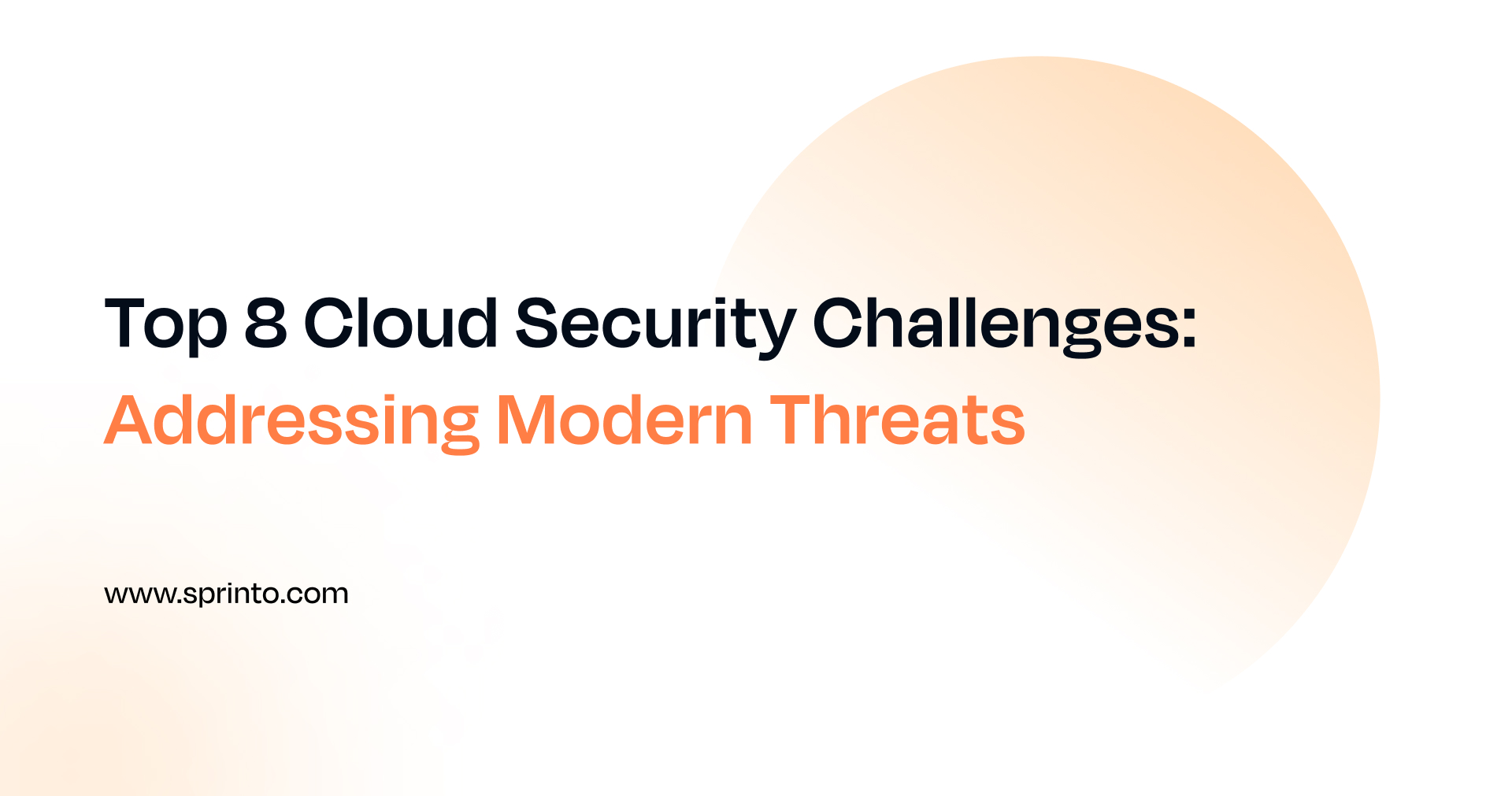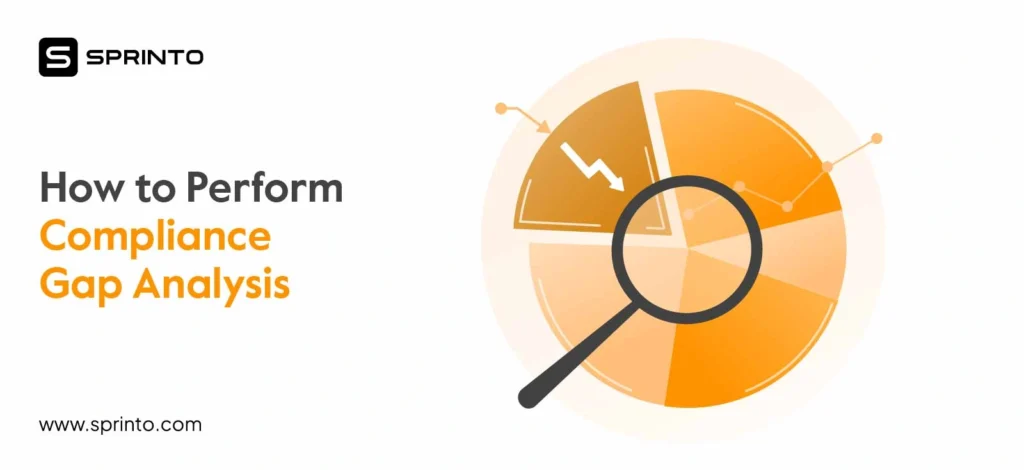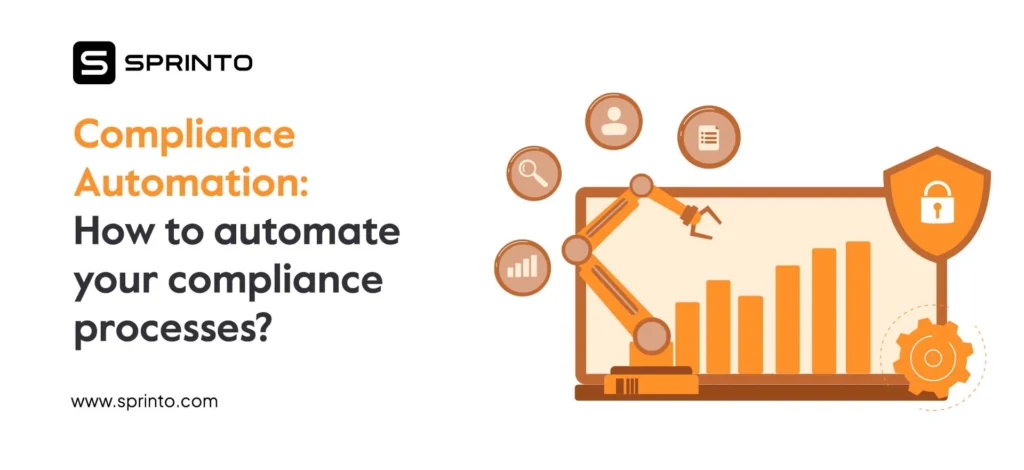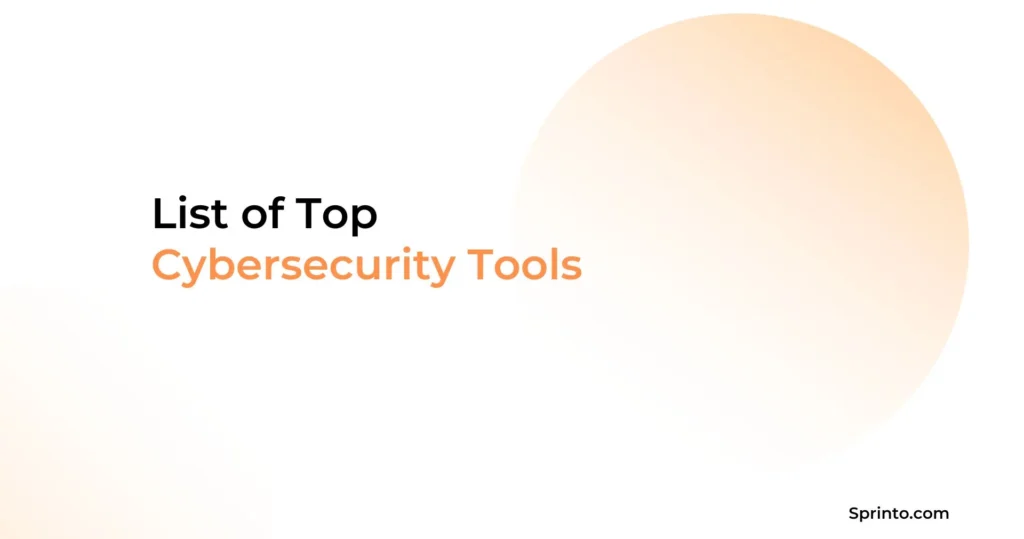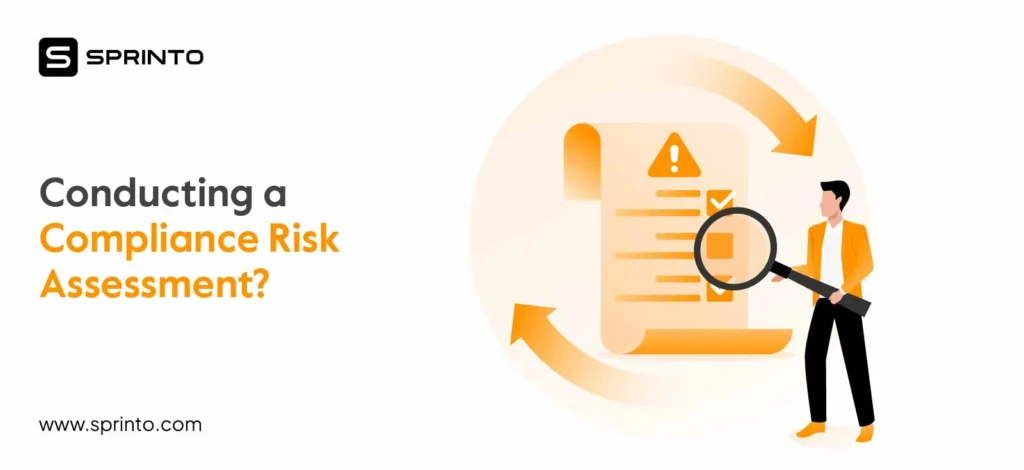The cloud has made it possible for businesses to grow faster, scale leaner, and compete with giants. It’s also made them prime targets.
Ten years ago, breaches were about stolen laptops and misplaced thumb drives. Today, the reality is a little (modest) different. Cloud security statistics reveal that misconfigurations, rushed migrations, and phishing attacks have become the leading entry points.
TL;DR
| Cloud computing powers modern business, but rapid cloud adoption has expanded the attack surface, with misconfigured infrastructure and cloud services driving breaches. |
| SaaS applications are prime targets, where phishing, insecure APIs, and human error fuel $4M+ breaches and push demand for stronger security solutions. |
| The cloud security market is booming, projected to double by 2029 but the success depends on adopting smarter cloud strategies that protect data without slowing innovation. |
Cloud Security Statistics: Quick Facts
Let’s set the stage with the numbers first; the kind that explains why cloud security feels like a nightmare for most organizations.
| Statistics | Insights |
| 94% of businesses | Express concern about cloud security (source: industry survey) |
| 82% of breaches | Involve data stored in the cloud (IBM 2023 report) |
| 75% increase | Rise in cloud intrusions from 2022 to 2023 (CrowdStrike) |
| 94% of companies | Faced API-related security issues in 2023 (Salt Security) |
| $5.08M | Average cost of a ransomware-related breach in 2024 (IBM) |
The State of Cloud Security in 2025
Breaches aren’t rare events anymore; they’ve become a rhythm of business. The question isn’t if, but how often. – SME quote
- In the past 18 months alone, 83% of organizations have experienced a breach, with 80% reporting a cloud-related breach in just the last year. Sentinel One
- The financial fallout is steep—the average breach costs $4.35 million. Security magazine
- Weak configurations are often the door left unlocked: 15% of breaches trace back to cloud misconfigurations. StrongDM
- The attack surface is widening too. Organizations now face 1,925 cyberattacks per week, a 47% jump since 2024. Sentinel One
- Blind spots persist: 32% of cloud assets sit unmonitored, each hiding an average of 115 vulnerabilities. Orca Security
Even as ransomware incidents surged 126% in Q1 2025, 45% of organizations admit they lack staff qualified to manage multi-cloud environments, leaving misconfigured IAM policies, gaps in (Cloud Security Posture Management) CSPM and (Cloud-Native Application Protection Platform) CNAPP coverage, and inconsistent cloud data encryption as easy entry points.
Where Cloud Security Dollars Are Being Spent?
Spending on cloud security is climbing fast, but not always smart. Global budgets for cloud security are projected to cross $40 billion in 2025, yet many small businesses still wrestle with the basics: plugging IAM misconfigurations, ensuring consistent cloud data encryption, or keeping pace with CSPM and CNAPP tools that promise more coverage than most lean teams can realistically manage.
- Behind the surge of the cloud security market, lies sharp shifts in business logic: every organization is racing to adopt zero-trust models, container-level safeguards, and frameworks that keep up with compliance mandates and a sky-high frequency of attacks.
- At the same time, over half (51%) of organizations intend to up their cloud security spending this year, with some enterprise teams already shelling out $50 million or more annually on cloud protection. Exabeam.
- Regionally, North America still dominates—holding about 35% of the global market share, with U.S. spend alone expected to soar to $27.4 billion by 2034. Precedence Search.
- Global cybersecurity (end-user) spending is projected to hit $213 billion in 2025, growing 12% more by 2026, with a notable focus on securing cloud and AI workloads. Gartner.
- Managed security services are rising too, estimated to generate revenue of $53.2 billion by the end of 2031, a 264% growth from 2021. MSSP alert.
- The Identity and Access management (IAM) market—a core piece of zero-trust security—reached $36.96 billion in 2024. It has an estimated CAGR of 16.6% from 2025 to 2030.
Soaring budgets are driven by necessity—attack volumes are climbing, regulatory pressure is mounting, and so is the cost of misconfigurations or non-compliance. To understand where that money should go, you need to look at the threats that drain it in the first place.
Common cloud security threats and vulnerabilities
Throwing more money at security only works if you’re fixing the right problems. And in the cloud, the most damaging breaches don’t usually come from exotic zero-days—they come from the basics: misconfigured storage, sloppy IAM policies, neglected assets, and rushed API deployments.
- Misconfiguration remains the primary threat, whether that pertains to public storage buckets being left open, overly permissive IAM policies, or unencrypted data. It alone accounts for 23% of all cloud security incidents. StrongDM
- Human error drives the majority of breaches. A staggering 88% of incidents are tied to mistakes, not software flaws, underscoring that people, not just systems, are the weakest link. Exabeam
- Phishing was by far the most common type of cyber incident reported in 2024, affecting 84% of businesses and 83% of charities that experienced any breach or attack. Gov.uk
- Insecure APIs are an escalating risk, particularly in multi-cloud and GenAI deployments, where integrations outpace proper security controls. CheckPoint
- Overprivileged accounts and poor IAM practices fuel lateral movement and privilege escalation once attackers enter. Unit42
- And when breaches occur, response times are alarmingly slow. Only 6% of incidents are contained within an hour, while most linger for over 24 hours. CheckPoint
Cloud Misconfiguration Statistics
Misconfigurations are notorious for being simple mistakes with outsized consequences. From public buckets left exposed to overly permissive IAM policies and unencrypted data, simple mistakes in how cloud environments are set up now account for nearly a quarter of all cloud security incidents.
- 15% of breaches begin with a misconfiguration, making it one of the most common initial attack vectors. StrongDM
- When attackers do get in, the damage lingers: on average, it takes 186 days to identify and another 65 days to contain a misconfiguration-driven breach. strongDM
- Each incident tied to misconfiguration carries a price tag of around $3.86 million. strongDM
- No wonder 68% of organizations rank misconfiguration as their top cloud security threat. Cloudzero
- At the root of it, though, it’s not technology but people: 82% of misconfigurations stem from human error. Exabeam
- And the trend isn’t going away anytime soon—by 2025, analysts project that 99% of cloud security failures will be the customer’s fault, not the provider’s. StrongDM
Multi-cloud and Hybrid Cloud Security Challenges
For many SMBs, running on a single cloud is no longer realistic. Teams adopt multi-cloud or hybrid setups to stay flexible, avoid vendor lock-in, and scale with customer demand. But every additional environment multiplies complexity.
- 79% now use more than one provider, a strategy meant to boost resilience and flexibility. Exabeam
- Securing data across environments is harder than it looks: 56% of organizations struggle to protect data consistently. Exabeam
- While 69% admit they can’t maintain uniform security controls across providers. Exabeam
- The cracks show up everywhere. Visibility is limited, enforcement is fragmented, and hybrid environments are especially prone to misconfiguration, weak monitoring, and compliance lapses. Darktrace
- The people problem only makes it worse—45% of companies lack staff with the skills to manage multi-cloud security. Exabeam
- Add in tool overload, and response teams are drowning: plagued by alert fatigue, they detect only 35% of threats through automated tools. CheckPoint
But the fallout isn’t the same everywhere. Some industries are being pummeled far harder than others, with breach rates reflecting where data is most valuable and defenses most uneven.
Who Are the Victims of Cloud Security Breaches?
Attackers follow the money AND the data. That’s why industries like healthcare, finance, and tech consistently report higher breach rates than others.
- Public sector: One of the most exposed verticals, with 88% reporting cloud data breaches in the past year. Exabeam
- Startups: Surprisingly, they top the charts—89% experienced a breach between 2023–2024. Exabeam
- Healthcare: More than 60% of providers suffered breaches, often involving sensitive patient data. Exabeam
- Finance: Over 70% of financial institutions reported breaches, with APIs and misconfigured IAM policies frequently at the root. Exabeam
- Real estate: Breaches don’t always come with percentages—in 2023, the industry saw a massive leak of 1.5 billion records, showing attackers are chasing not just money, but personal identity data. Spacelift
- Government agencies: Beyond high breach rates, 88% cite misconfiguration as their top issue, proving even regulated environments struggle with basics like access control and encryption.
The real wake-up call comes from the incidents themselves. The past two years have seen some of the largest and most expensive cloud security breaches on record, with costs now measured not just in millions, but in the value of every record exposed.
The Biggest Cloud Breaches of 2023–2025
The last three years have been some of the most expensive on record for cloud breaches. Costs keep climbing, incidents keep multiplying, and attackers are moving faster than ever. The numbers reveal both the scale of the problem and the financial gravity that cloud breaches now carry.
- By 2025, 80% of companies had experienced a cloud security breach in the past year. Spacelift
- And of those, 60% of organizations reported public-cloud incidents in 2024. Spacelift
- Between 2022 and 2023, cloud environment breaches jumped 75%, cementing the trend. Spacelift
- The average cost of a data breach reached $4.76M globally in 2025, with U.S. and U.K. incidents frequently topping $9.5M. GoAllSecure
- Healthcare and finance are hit hardest, with single breaches costing $10–11M on average. On a granular level, the per-record cost sits between $180–$260, depending on sector and geography. GoAllSecure
- Nearly 45% of companies reported handling four or more cloud incidents in the past year. Spacelift
- The Change Healthcare ransomware attack in 2024 impacted more than 100 million people, making it one of the most disruptive healthcare breaches in U.S. history. Spacelift
- The National Public Data breach in 2024 exposed 2.9 billion records, one of the largest leaks ever recorded. Techco
- The MOVEit zero-day exploit in 2023 compromised 94 million users and caused over $15 billion in damages across 2,500 organizations. UpGrad
- The Ticketmaster breach in 2024 put the data of 560 million customers up for sale by attackers. Spacelift
- The AT&T breach in 2024 compromised the records of 73 million current and former customers. Spacelift
- The Dell brute force attack in 2024 exposed 49 million records. Techco
- A Toyota misconfiguration in 2023 exposed 260,000 customer records. Spacelift
- The Real Estate Wealth Network leak in 2023 exposed 1.5 billion records. Spacelift
- The Roblox breach in 2025 exposed data from 4,000 developer community members. SecureBlink
- The McDonald’s cyber incident in 2025 leaked 64 million job applicant records via a chatbot compromise. MalwareBytesLABS
- The Google Salesforce CRM compromise in 2025 used social engineering to access data from dozens of companies. Cloudprotection
- The Yale New Haven Health breach in 2025 exposed the records of 5.6 million patients. New Haven Register
The scale of recent breaches makes one thing clear: attackers rarely need exotic exploits when basic defenses are missing.
Cloud Data Encryption and Zero-trust Adoption Trends
Weak encryption and perimeter-based trust models have turned cloud data into low-hanging fruit. That’s why more organizations are shifting toward stronger cloud data encryption and zero-trust adoption as frontline defenses.
- Fewer than 10% of enterprises encrypt 80% or more of their cloud data, leaving the majority of sensitive information exposed to risk. Thales
- Nearly 47% of all data stored in the cloud is classified as sensitive, yet only 53% of organizations apply any form of encryption to it. HelpnetSecurity
- Even more concerning, just 21% of businesses have encrypted more than 60% of their sensitive cloud data. SentinelOne
The technology itself is advancing quickly. Encryption standards are evolving to be quantum-resistant (such as AES-256 and post-quantum cryptography) and extend from the edge to the cloud, covering even IoT medical devices like insulin pumps and wearables.
At the same time, homomorphic encryption is gaining traction in regulated sectors because it enables secure analysis of patient and operational data without exposing the underlying information.
Zero-trust Adoption Trends
- Zero-trust is the default security model for large organizations, with more than 8,000 companies using zero-trust exchange platforms. Zscaler
- Around 70% of new remote access deployments now rely on Zero Trust Network Access (ZTNA). Zscaler
- The model itself continues to mature. Zero-trust requires continuous, context-driven evaluation of both users and devices, reducing reliance on perimeter-based defenses.
- Policies are increasingly adaptive, using AI to analyze user behavior, device health, and environmental context in real time before granting access.
- Emerging technologies such as blockchain-based, self-sovereign identity proofs are also helping organizations reduce spoofing and session hijacking attempts targeting cloud resources.
- The Secure Access Service Edge (SASE) model is blending zero-trust with cloud-based identity and data protection, creating unified frameworks for multi-cloud and hybrid environments.
“Automation is a forcing function that brings cloud governance to life in the day-to-day operations of a business. Sprinto at its core is an automation engine. It automates your ability to keep track of security controls.”
– Meeta Sharma, Product Marketing Lead, Sprinto.
The Future of Cloud Security
As organizations double down on the public cloud, the real danger lies in everyday oversights. Public cloud security risks—from exposed storage to poor IAM discipline—remain the most common breach vectors, and they don’t vanish with higher budgets.
Moving workloads between on-prem, private, and multiple cloud providers creates more seams for attackers to pull apart. The CSA top cloud threats echo this shift.
The future, however, isn’t all defensive. The rise of cloud data encryption, zero trust, and integrated CNAPP/CSPM platforms show that the industry is finally treating security as a design principle rather than an afterthought.
That’s where Sprinto comes in. Sprinto automates compliance across your cloud infrastructure, SaaS applications, and workflows, mapping them directly to frameworks like SOC 2, ISO 27001, HIPAA, and GDPR. Instead of treating compliance as a painful, once-a-year scramble, Sprinto makes it continuous—so you can scale cloud adoption with confidence.
FAQs
As of 2025, around 82% of all data breaches involve cloud-stored data. This reflects the dominance of cloud computing in modern business operations, as workloads move from traditional data centers to cloud based services. While the private cloud offers more direct control, the public cloud’s shared responsibility model means misconfigurations and human error remain leading causes of incidents.
The average cost of a breach in 2025 is $4.35 million globally, with regulated industries such as healthcare and finance often paying $10 million or more per incident.
The most common threats include misconfiguration (23% of incidents), phishing (73% of organizations hit in 2024), and insecure APIs, especially in multi-cloud and GenAI deployments. Over-privileged accounts and weak IAM practices also create entry points. These risks persist whether workloads run on private cloud, hybrid, or public infrastructures—highlighting the need for security solutions that work seamlessly across cloud service providers.
Breaches have become routine. In 2025, businesses are experiencing 1,925 cyberattacks per week on average, and 80% of organizations reported at least one cloud breach in the last 12 months.
Pansy
Pansy is an ISC2 Certified in Cybersecurity content marketer with a background in Computer Science engineering. Lately, she has been exploring the world of marketing through the lens of GRC (Governance, risk & compliance) with Sprinto. When she’s not working, she’s either deeply engrossed in political fiction or honing her culinary skills. You may also find her sunbathing on a beach or hiking through a dense forest.
Explore more
research & insights curated to help you earn a seat at the table.



